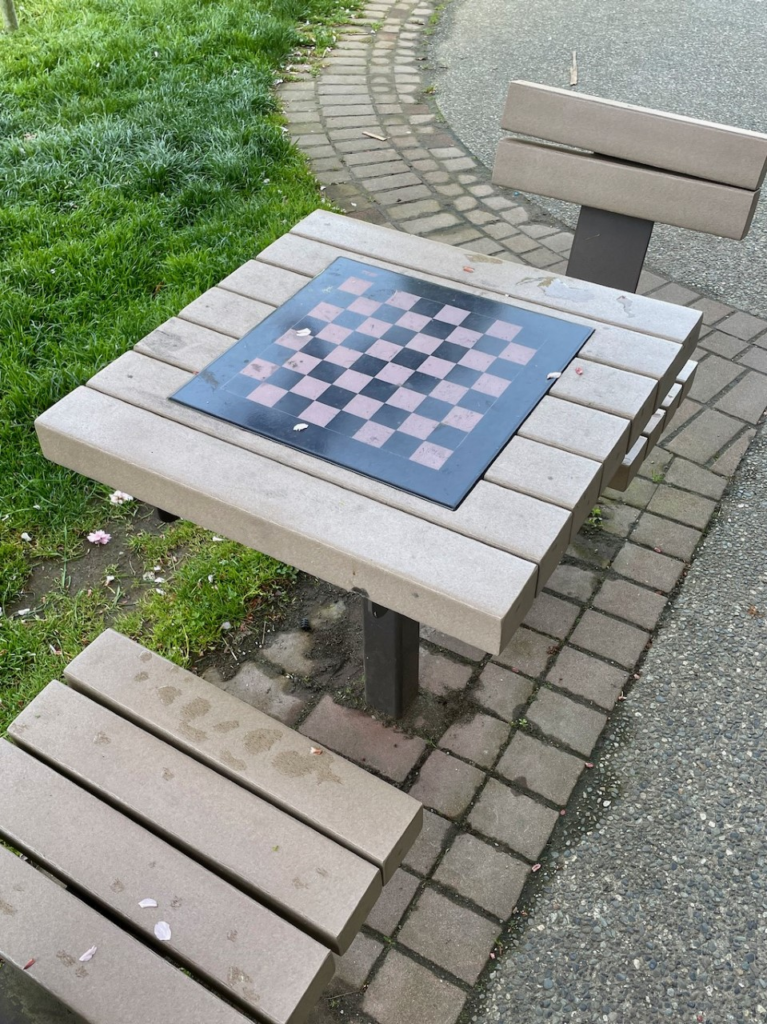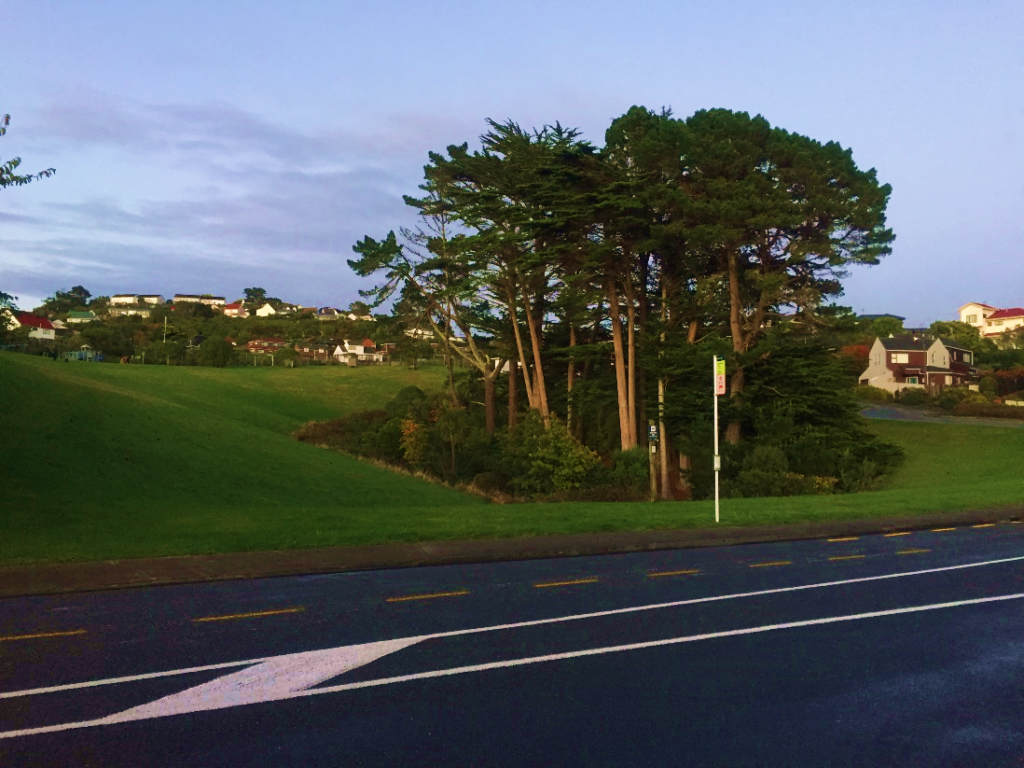City Know-hows

Target audience
Those in charge of Copenhagen’s food strategy and food strategies in other cities worldwide. International and national food NGOs. Public health food practitioners.
The problem
Poor diets are both the leading cause of morbidity and mortality globally, while also being a key driver of climate change. While efforts have been made to design a global diet that is good for both people and planet (the Eat-Lancet reference diet), this diet does not take into account different eating norms in different places nor how they might affect uptake.
What we did and why
To understand how people in one Copenhagen neighbourhood navigated their food environments and explore the implications for bringing diets in line with the Eat-Lancet reference diet, we designed a photo-elicitation study. Over three weeks, participants took photos of their food environments and the facilitators and barriers to healthy eating. They attended workshops where they discussed these photos and reflected on how a healthy and sustainable diet might be facilitated.
Our study’s contribution
Impacts for city policy and practice
Adapting the Eat-Lancet reference diet to local circumstances requires a deep understanding of how and where people acquire food, and what other roles food plays in people’s lives. To reshape diets, what is available in the food environment must match what fits in with pre-existing practices and values.
Policy makers must understand the non-monetary benefits that food environments bring to people, such as providing time for other activities or promoting broader wellbeing through social engagement.
Further information
Full research article:
Gathering data on food environments and food practices through photo elicitation in Copenhagen, Denmark: Implications for adapting the EAT-LANCET reference diet to local circumstances by Anna Isaacs, Mark Spires, Afton Halloran & Thomas Stridsland.
Related posts

Why only plan for children’s play in cities? Play could support the health and wellbeing of older adults. Let’s reimagine age-friendly planning with play in mind.

Implementing community participation in planning of public open spaces is one of the most useful and effective means to encourage a higher sense of community.

New research explores how design team professionals manage developers’ risks to integrate health into new urban development